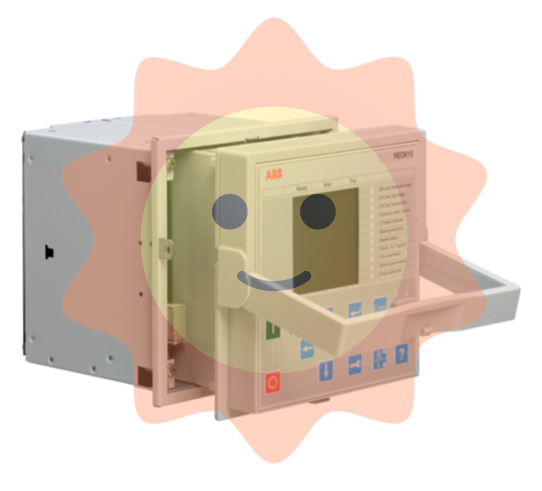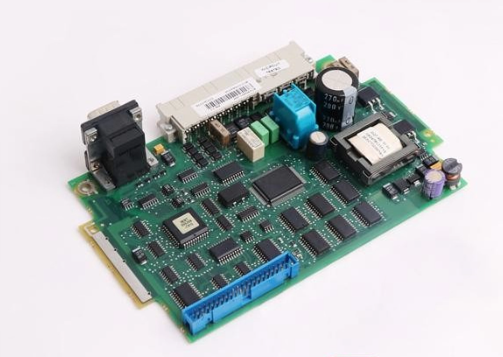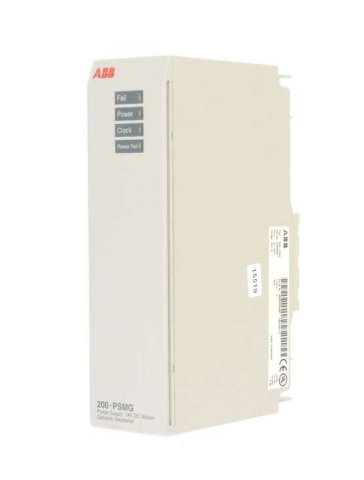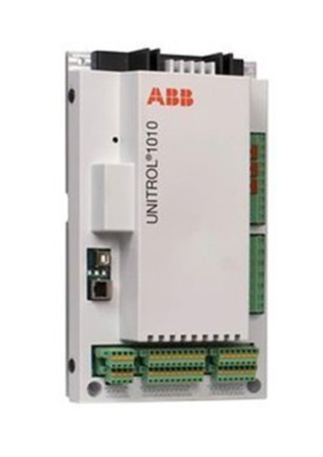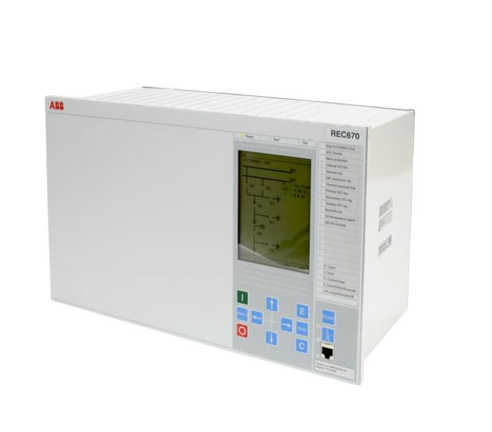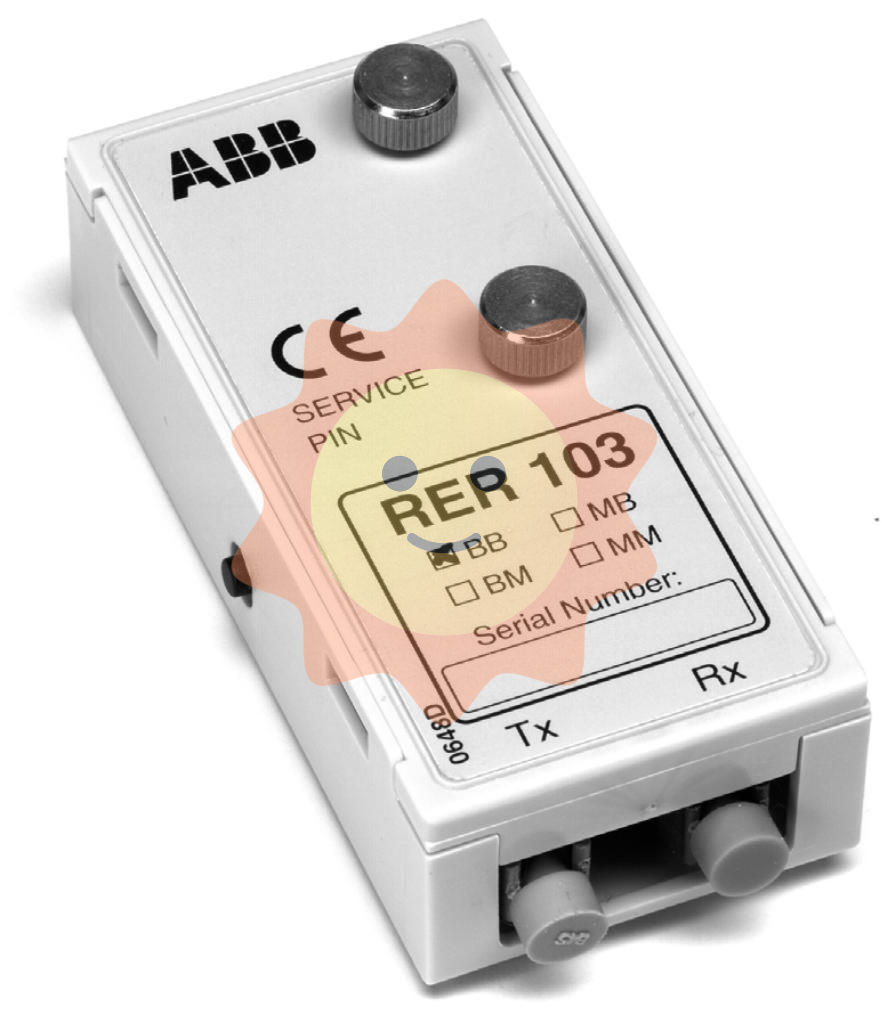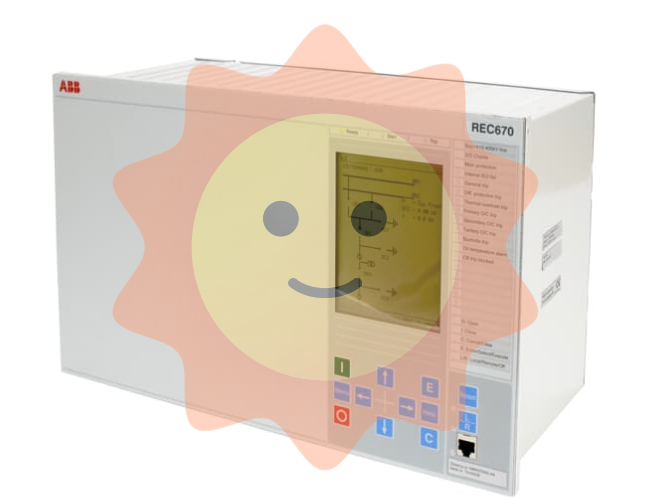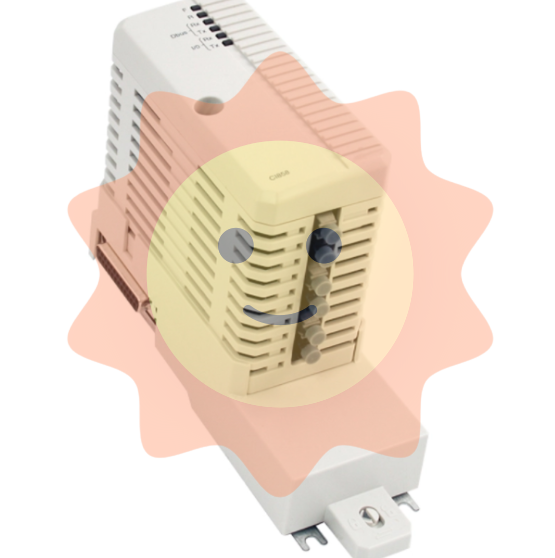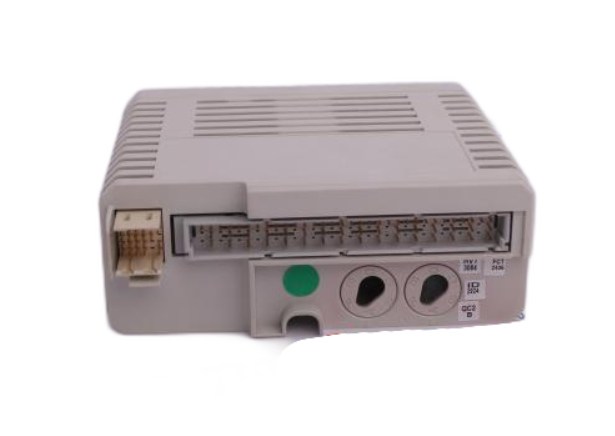Watlow Series 965 Controller
Watlow Series 965 Controller
Product basic information and specifications
(1) Product positioning and certification
The Watlow Series 965 is a 1/16 DIN microprocessor based controller designed for precise industrial temperature control, suitable for plastic molding, food processing, electronic manufacturing, and other scenarios. It can achieve bidirectional heating/cooling control and process monitoring. The product has been certified by UL (file number E43684, compliant with UL873 standard) and CE (compliant with 89/336/EEC electromagnetic compatibility directive, 73/23/EEC low voltage directive), with NEMA 4X (IP65) protection level. The front panel adopts a sealing film design, which can prevent dust and water splashes and adapt to harsh industrial environments.
(2) Core specification parameters
Category detailed specifications
Input characteristics - Thermocouples: J-type (0-750 ° C), K-type (-200-1250 ° C), T-type (-200-350 ° C), N-type (0-1250 ° C), S-type (0-1450 ° C)
-RTD: 2/3 wire system, 100 Ω (at 0 ° C), supports DIN (0.00385 Ω/Ω/° C), JIS (0.003916 Ω/Ω/° C) curves, range -200-700 ° C (1 ° resolution), -128.8-537.7 ° C (0.1 ° resolution)
-Process signal: 0-5V DC (input impedance 10k Ω), 4-20mA DC (input impedance 5 Ω), range -999-9999 units
Output Characteristics - Output 1 (Heating/Cooling): Mechanical Relay (Form C, 5A@120 /240V AC、 5A@30V DC)、 Solid state relay (Form A, 0.5A@24-264V AC)、 Switching DC (3-12V DC, minimum 500 Ω load), 4-20mA DC (maximum 800 Ω load)
-Output 2 (Heating/Cooling/Alarm): Same as Output 1 type, alarm mode supports process/deviation alarm, can be configured with locking/non locking
Control Performance - Control Modes: PID, P, PI, PD, Switch Control
-Sampling rate: 2.5Hz, display update rate: 1Hz
-Calibration accuracy: ± 0.1% range ± 1 least significant position (@ 25 ± 3 ° C environment, rated voltage)
-Temperature stability: ± 0.2 ° C/° C ambient temperature variation
-Slope function: 0-9999 °/hour, supports starting temperature rise and setting value change temperature rise
Power and Environment - Power Supply: High Voltage Type (100-240V AC, 85-264V AC actual, 50/60Hz), Low Voltage Type (12-24V AC/DC, 10-26V AC/DC actual, 50/60Hz)
-Power consumption: maximum 5VA
-Working environment: 0-65 ° C, 0-90% RH (no condensation)
-Storage environment: -40-85 ° C
Installation and Wiring Guide
(1) Installation preparation and steps
The panel cut and size need to be processed according to the specifications, with a size of 55mm × 55mm (± 0.5mm). The panel thickness should be between 1.5-9.7mm, and the surface roughness should not exceed 0.000812mm to ensure NEMA 4X sealing effect. Recommend using Greenlee punch (# 60020) and mold (# 60021) for incision processing to improve installation efficiency.
Installation Process
Disassemble the controller chassis: Hold down the buckles on both sides of the panel with both hands, apply force outward until the chassis is detached from the housing, and place it separately for future use.
Place the shell: Confirm that the sealing ring of the shell (rounded side facing the panel) is not twisted, insert the shell into the panel cut, and ensure that the sealing ring fits the surface of the panel.
Fixed installation ring: Insert the installation ring from the back of the chassis, align it with the installation ridge on the housing, and push the installation ring firmly until the buckle is fastened, ensuring that the housing is not loose (the sealing can be checked by pressing both sides of the panel).
Reinstall the chassis: Insert the chassis into the housing, press the panel until the buckle is reset, and confirm that the internal sealing ring is not offset.
(2) Wiring specifications and examples
Power wiring
High voltage type (model 965A-30-00): L1 (live wire) is connected to terminal 11, L2 (neutral wire) is connected to terminal 12, and a 1A/250V slow melting fuse (pre installed at the factory and cannot be replaced by oneself) needs to be connected in series.
Low voltage type (model 965A-31-00): L1 (positive) connected to terminal 11, L2 (negative) connected to terminal 12, connected in series with 2A/250V slow melting fuse. Warning: Connecting high voltage to low voltage models can cause irreversible damage.
Input wiring
Thermocouple: Taking J-type as an example, the positive terminal is connected to terminal 3, and the negative terminal is connected to terminal 5. The extension wire should be made of the same material as the thermocouple (such as iron constantan alloy wire for J-type) to avoid temperature deviation at the joint affecting the measurement.
3-wire RTD: Terminal 2 is connected to one lead, Terminal 3 is connected to one lead, and Terminal 5 is connected to the third lead. The three leads must be of the same specification (such as 22AWG copper wire, with the same length) to compensate for lead resistance errors.
4-20mA process signal: Connect the positive terminal to terminal 5 and the negative terminal to terminal 2. The signal source should be grounded together with the controller to avoid introducing noise into the grounding loop.
Output wiring
Mechanical relay (output 1, model 965A-3D-00): Terminal 10 is connected to the common terminal (COM), terminal 1 is connected to the normally closed (NC), and the terminal is not labeled as normally open (NO). When controlling inductive loads (such as relay coils), an RC suppressor (Watlow part number 0804-0147-0000) needs to be connected in parallel.
- EMERSON
- Honeywell
- CTI
- Rolls-Royce
- General Electric
- Woodward
- Yaskawa
- xYCOM
- Motorola
- Siemens
- Rockwell
- ABB
- B&R
- HIMA
- Construction site
- electricity
- Automobile market
- PLC
- DCS
- Motor drivers
- VSD
- Implications
- cement
- CO2
- CEM
- methane
- Artificial intelligence
- Titanic
- Solar energy
- Hydrogen fuel cell
- Hydrogen and fuel cells
- Hydrogen and oxygen fuel cells
- tyre
- Chemical fiber
- dynamo
- corpuscle
- Pulp and paper
- printing
- fossil
- FANUC
- Food and beverage
- Life science
- Sewage treatment
- Personal care
- electricity
- boats
- infrastructure
- Automobile industry
- metallurgy
- Nuclear power generation
- Geothermal power generation
- Water and wastewater
- Infrastructure construction
- Mine hazard
- steel
- papermaking
- Natural gas industry
- Infrastructure construction
- Power and energy
- Rubber and plastic
- Renewable energy
- pharmacy
- mining
- Plastic industry
- Schneider
- Kongsberg
- NI
- Wind energy
- International petroleum
- International new energy network
- gas
- WATLOW
- ProSoft
- SEW
- wind
- ADVANCED
- Reliance
- YOKOGAWA
- TRICONEX
- FOXBORO
- METSO
- MAN
- Advantest
- ADVANCED
- ALSTOM
- Control Wave
- AB
- AMAT
- STUDER
- KONGSBERG
- MOTOROLA
- DANAHER MOTION
- Bently
- Galil
- EATON
- MOLEX
- Triconex
- DEIF
- B&W
- ZYGO
- Aerotech
- DANFOSS
- KOLLMORGEN
- Beijer
- Endress+Hauser
- MOOG
- KB
- Moxa
- Rexroth
- YAMAHA


Email:wang@kongjiangauto.com





























































































